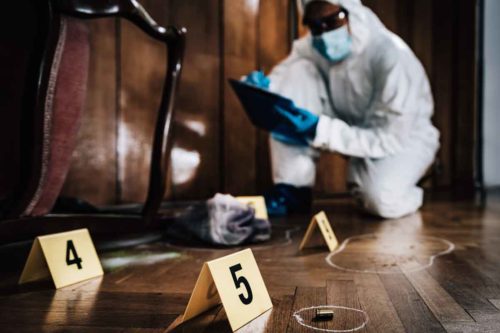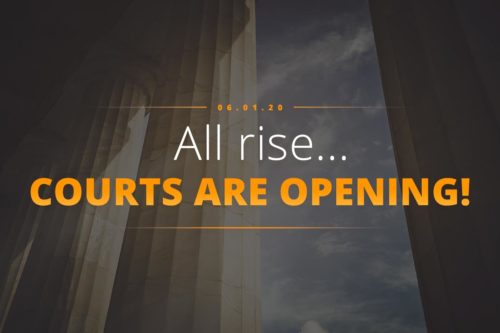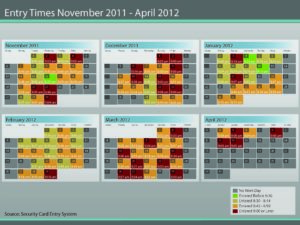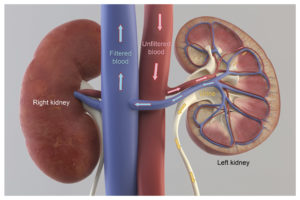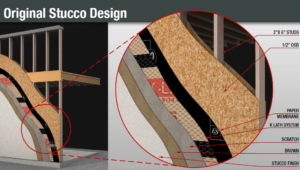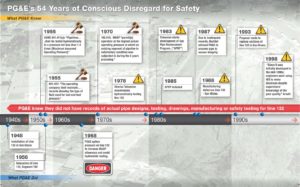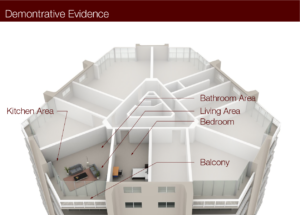
Proper Digital Discovery, Part IV: Using Drones in Modern Litigation
In our last post, we examined the process of 3D modeling and discussed the importance of “textures” in the 3D model. As a reminder, “textures” can be used to create a highly realistic scene. In this post, we will examine yet another way to obtain highly realistic textures: drones. Part



